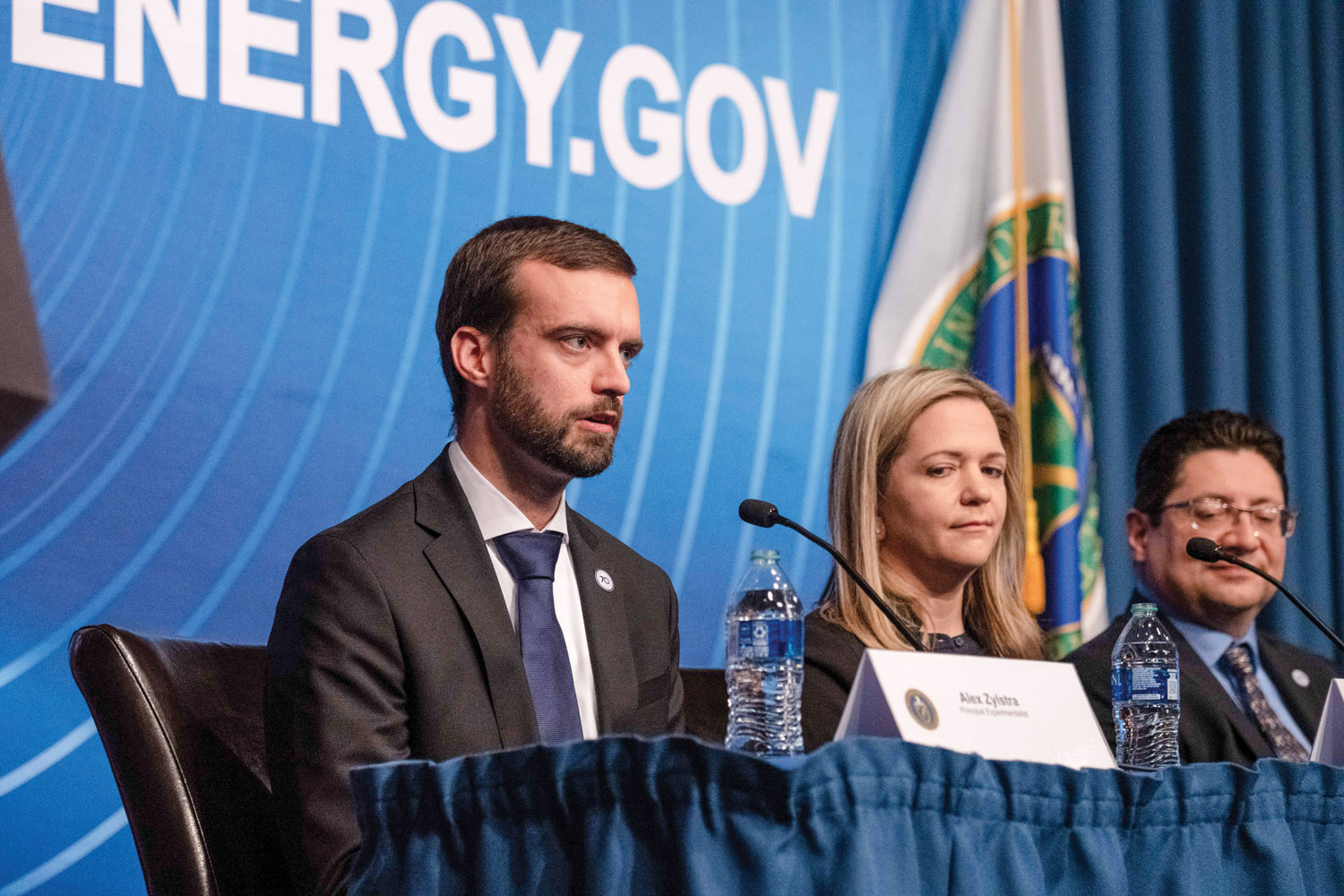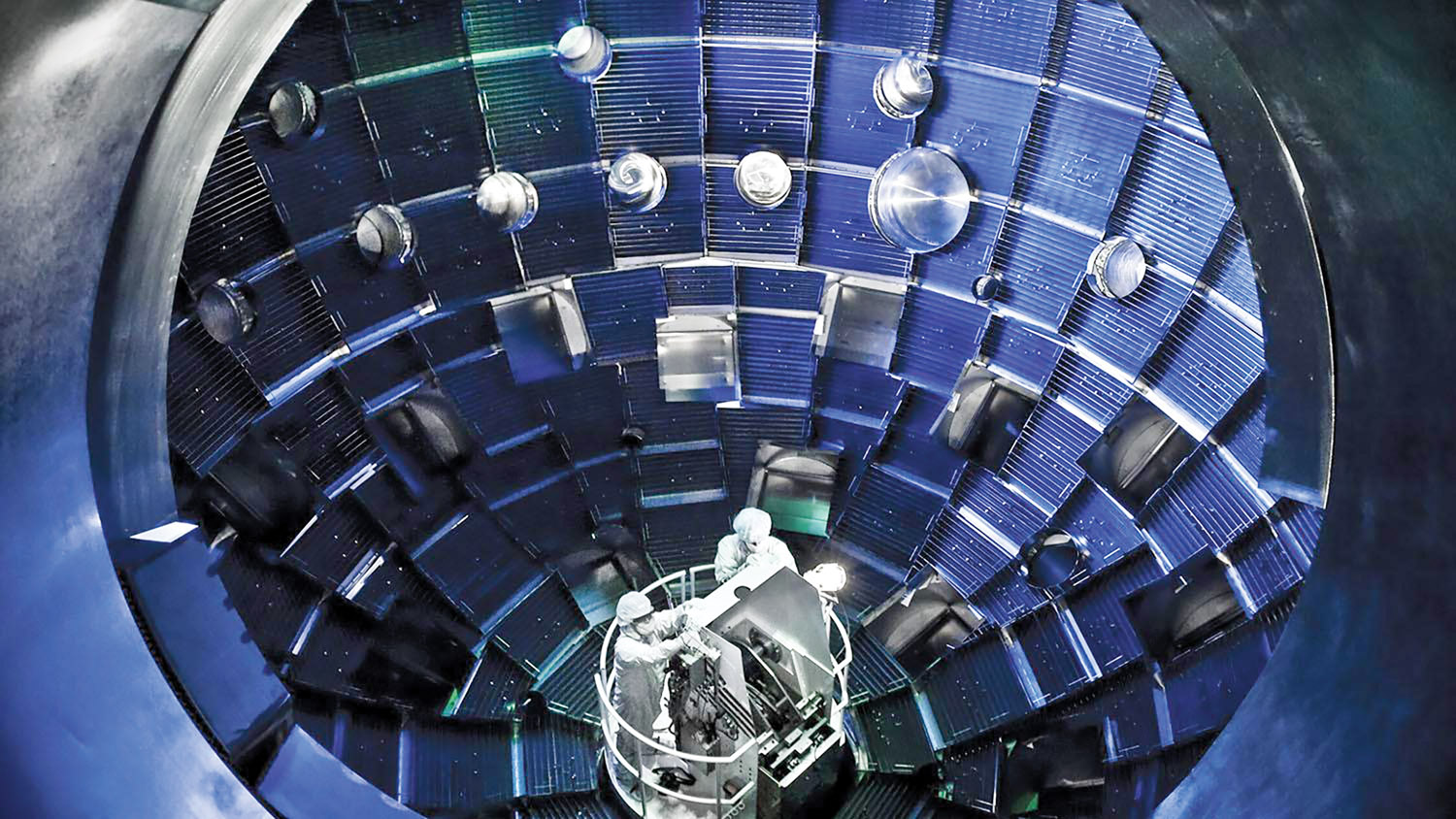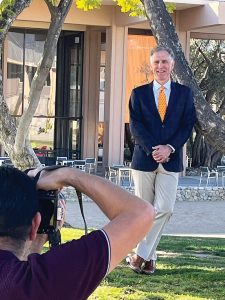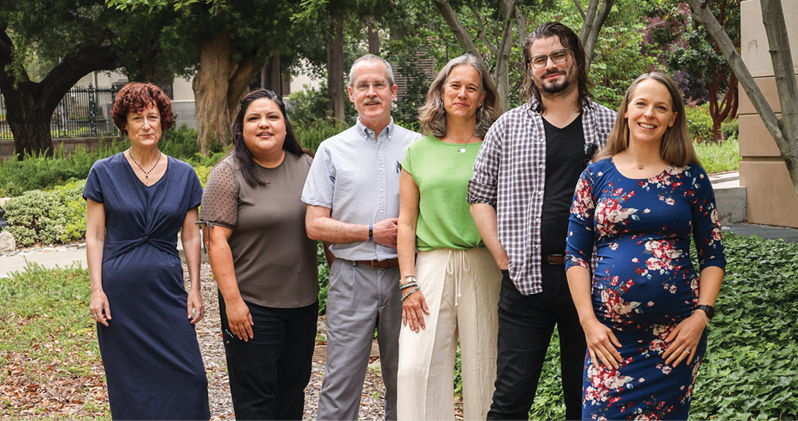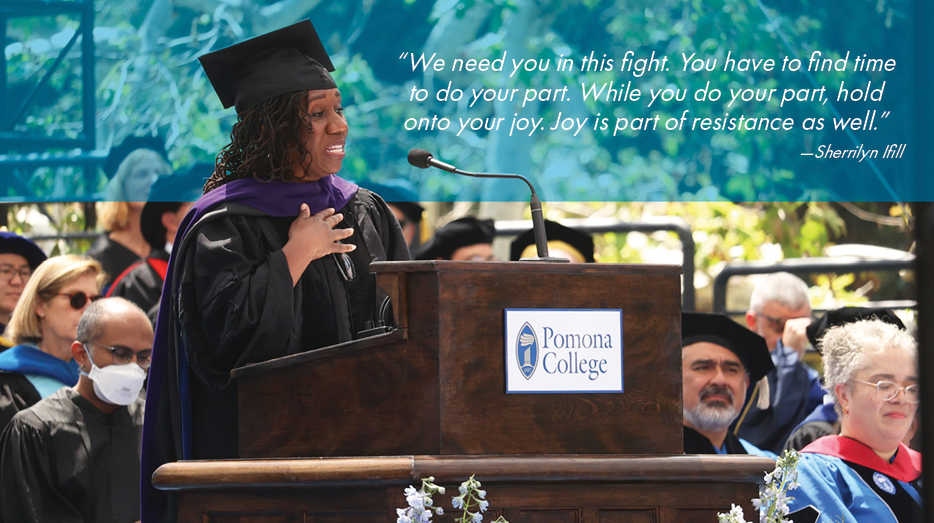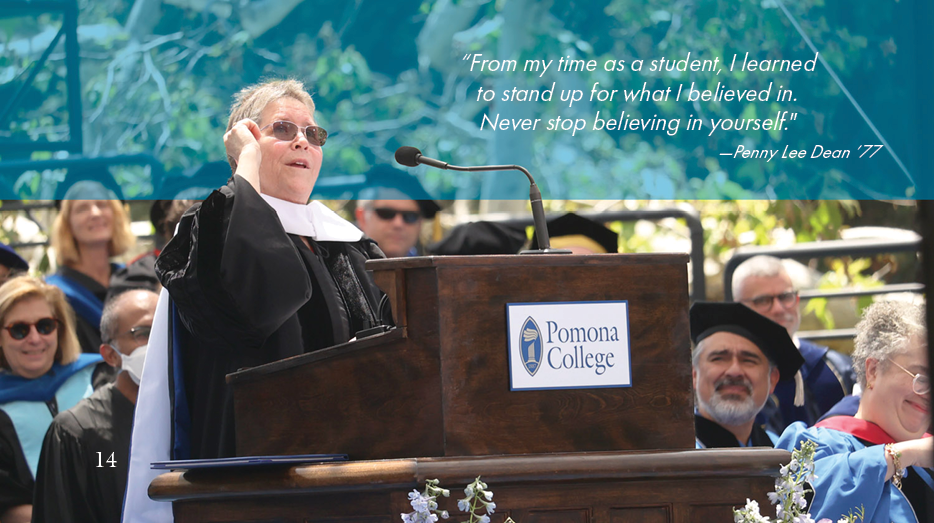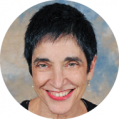 Asian American Histories of the United States
Asian American Histories of the United States
In Asian American Histories of the United States, Catherine Ceniza Choy ’91 presents 200 years of Asian migration, labor and community formation, all the while reckoning with the recent surge in anti-Asian hate and violence.
 Chloe and the Kaishao Boys
Chloe and the Kaishao Boys
Chloe and the Kaishao Boys, a young adult rom-com by Mae Coyiuto ’17, follows a Chinese-Filipina girl in Manila as she gets off the waitlist for USC and decides if following her dreams is worth leaving everything behind.
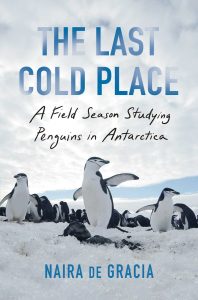 The Last Cold Place
The Last Cold Place
Naira de Gracia ’14 writes a memoir about her experience studying penguins in Antarctica, weaving in the history of Antarctic exploration, climate science and personal reflection in The Last Cold Place.
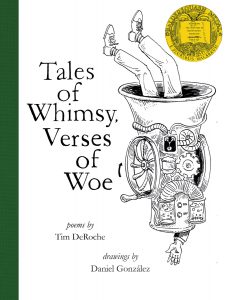 Tales of Whimsy, Verses of Woe
Tales of Whimsy, Verses of Woe
Tales of Whimsy, Verses of Woe by Tim DeRoche ’92 is a collection of lighthearted poetry filled with wordplay reminiscent of Shel Silverstein and Dr. Seuss.
 I Have Her Memories Now
I Have Her Memories Now
The short stories in I Have Her Memories Now by Carrie Grinstead ’06 touch on health, medicine and death and explore themes of vulnerability and fallibility.
 Nocturne
Nocturne
The poetry of Jodie Hollander ’99 in Nocturne charts the emotional journey of the daughter of a professional classical pianist, exploring family dysfunction and musical obsession.
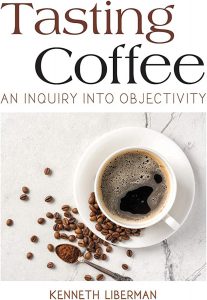 Tasting Coffee: An Inquiry into Objectivity
Tasting Coffee: An Inquiry into Objectivity
In Tasting Coffee: An Inquiry into Objectivity, Kenneth Liberman ’70 sheds light on the methods used to convert subjective experience into objective knowledge with coffee as its focal point.
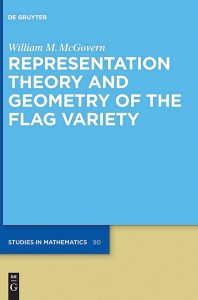 Representation Theory and Geometry of the Flag Variety
Representation Theory and Geometry of the Flag Variety
Representation Theory and Geometry of the Flag Variety by William “Monty” McGovern ’82 is a reference for researchers and graduate students in representation theory, combinatorics and algebraic geometry.
 Blue Jeans
Blue Jeans
In Blue Jeans, Carolyn Purnell ’06 presents extensive research on the history of jeans as well as the global and economic forces that shape the industry. The book is part of a series called Object Lessons about “the hidden lives of ordinary things.”
 Quinoa: Food Politics and Agrarian Life in the Andean Highlands
Quinoa: Food Politics and Agrarian Life in the Andean Highlands
Linda Seligmann ’75 tells the story of Indigenous farmers and the global demand for a superfood in Quinoa: Food Politics and Agrarian Life in the Andean Highlands.
 The Way to Be: A Memoir
The Way to Be: A Memoir
The Way to Be: A Memoir, a firsthand account of the life and work of artist Barbara T. Smith ’53, accompanies an exhibition on view at the Getty Research Institute through July 16, 2023.
 Beyond That, the Sea
Beyond That, the Sea
The novel Beyond That, the Sea by Laura Spence-Ash ’81 follows Beatrix, an 11-year-old British girl sent to live with a New England family during World War II, as she navigates two worlds.
 After Anne: A Novel of Lucy Maud Montgomery’s Life
After Anne: A Novel of Lucy Maud Montgomery’s Life
After Anne: A Novel of Lucy Maud Montgomery’s Life by Logan Steiner ’06 tells the story behind the story of the author of Anne of Green Gables, offering a nuanced portrayal of her life.
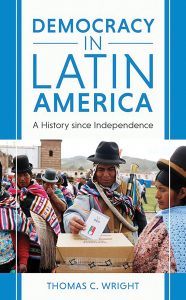 Democracy in Latin America: A History Since Independence
Democracy in Latin America: A History Since Independence
In Democracy in Latin America: A History Since Independence, Thomas Wright ’63 chronicles Latin America’s struggle for democracy as well as the challenges that lie ahead.
